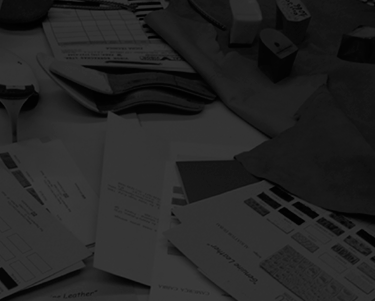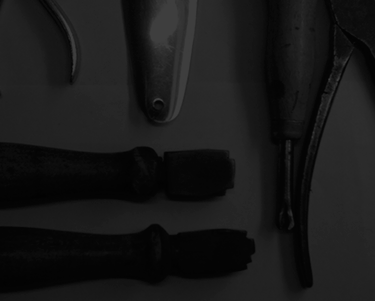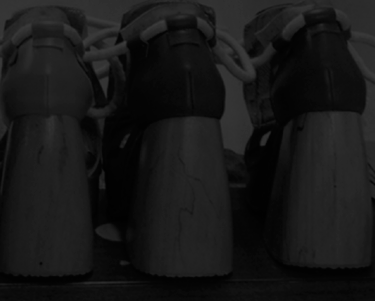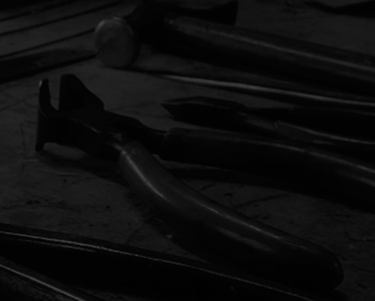The most planted species in Brazil are the Pinus elliottii and the Pinus Taeda, but they are also planted tropical species. The choice of species is due to the purpose of the wood or the climate at the planting site. For example, if wood is used for production resin, P. elliottii is used; if the planting region is temperate, the preferred species is P. taeda.
The pine wood produced in Brazil is, in general, of light color, medium mechanical resistance due to the low density and with relatively easy drying.. The treatment of wood can be done in two ways: with the application of anti-fungal products to prevent staining and the formation of mold in the case of air drying.







